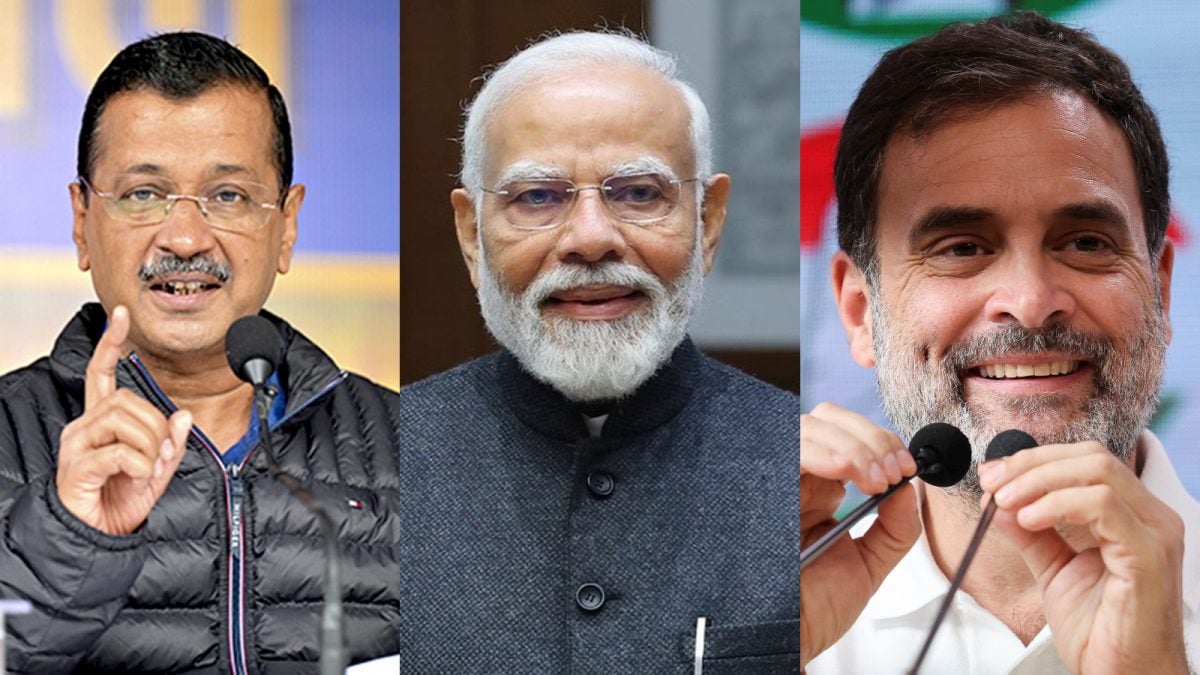The unemployment rate among the educated – defined as individuals with secondary education and above – has been alarmingly high compared to those with lower educational qualifications. According to the latest PLFS data for 2023-24, the overall unemployment rate for individuals aged 15 and above with secondary education or higher is 6.5%. This is in stark contrast to the unemployment rates of 0.2% for those who are not literate and 1.4% for those who have only completed up to middle school. Here’s an overview of the MOSPI data.
This table clearly illustrates the disproportionate levels of unemployment among different educational levels. It is evident that as education levels rise, so does the unemployment rate, peaking among those with secondary education and above.
Persisting gender inequality: Women bear the brunt
Gender disparities in educated unemployment are equally stark and persistent. The data from 2023-24 shows that unemployment rates among females with secondary education or higher are significantly higher than that of their male counterparts, especially in rural areas. The unemployment rate for educated rural females stands at 9.0%, compared to 5.6% for rural males. This gap widens in urban areas, where the rate for females is 13.3%, more than double that of 6.2% for males.
This gender disparity has been a consistent trend over the years. In 2022-23, the unemployment rate for urban educated females was 13.7%, while for males it was 6.8%. Similarly, in 2021-22, the rate was 14.3% for females compared to 8.2% for males. These figures indicate that despite educational attainment, women face substantial barriers to employment, possibly due to socio-cultural factors, lack of suitable job opportunities, and workplace discrimination.
An overview of the data on Unemployment Rates from 2021 to 2024
Urban-Rural Divide: Contrast in opportunities
The PLFS data highlights a clear urban-rural divide in educated unemployment rates. In 2023-24, the unemployment rate for educated individuals in urban areas is 7.9%, compared to 6.5% in rural areas. This trend is consistent across the years, with urban unemployment rates consistently surpassing rural rates.
For instance, in 2022-23, the urban unemployment rate stood at 8.4%, while rural unemployment was slightly lower at 6.6%. Similarly, in 2021-22, the urban unemployment rate was 9.5%, compared to 8.0% in rural areas.
Urban areas typically have a higher concentration of educated individuals, which may lead to greater competition for limited job opportunities. Moreover, many educated individuals migrate to urban centres in search of better employment, further intensifying competition. The inability of the urban job market to absorb this influx of educated job seekers may be contributing to the higher unemployment rates.
A Closer Look at Trends Over Time: Are We Seeing Improvement?
Analysing the data over the three-year period reveals subtle but important trends. The overall unemployment rate for individuals with secondary education and above decreased slightly from 8.0% in 2021-22 to 6.6% in 2022-23, and then to 6.5% in 2023-24. This decline, although marginal, indicates a slow recovery or adjustment in the job market. However, the rate remains high compared to other educational levels, emphasising that the problem is far from being resolved.
Policy implications and the way ahead
The persistent high unemployment rates among the educated suggest a need for targeted policy interventions. Here are some recommendations based on the insights derived from the data released by the MOSPI.
Bridging the skill gap: There is a need for education reform that aligns academic curricula with industry requirements. This could include expanding vocational training and skill development programs that equip students with practical, job-ready skills.
Promoting entrepreneurship: Given the saturation of traditional job markets, encouraging entrepreneurship among educated youth can create new opportunities. Policies that provide funding, training, and mentorship for start-ups can help alleviate the pressure on conventional employment avenues.
Enhancing gender inclusivity: To address the gender disparity, it is crucial to create a more inclusive work environment for women. This includes implementing policies that ensure equal pay, prevent workplace harassment, and support work-life balance through flexible working conditions and childcare facilities.
Decentralising job creation: To reduce the urban-rural divide, the government could focus on creating employment opportunities in rural areas. Promoting rural industries, supporting agriculture-based enterprises, and improving digital infrastructure can create local job opportunities for educated individuals in these areas.
Strengthening public-private partnerships: Collaborations between the government and private sector can lead to the creation of internship and apprenticeship programs that provide on-the-job training and increase employability among the educated youth.
While there have been minor improvements in the unemployment rates of educated individuals over the past three years, the problem remains substantially manifold. Addressing educated unemployment in India requires tackling key issues, including skill mismatches, gender disparities, and regional imbalances in job opportunities.







